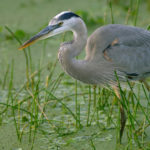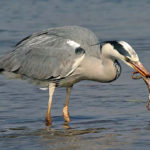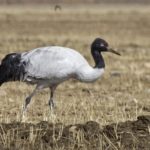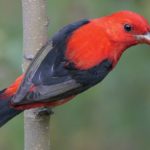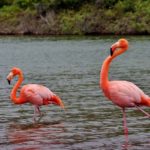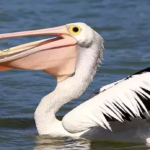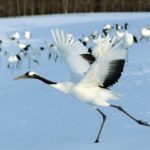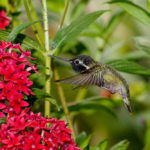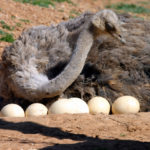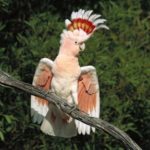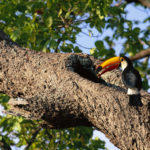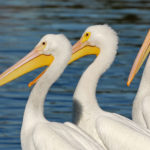Facts about herons
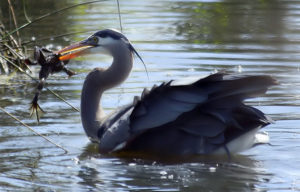 The heron is a very recognizable bird, and it is almost impossible to confuse it with some other one. Long straight beak, no less long, bizarrely curved neck, shinny legs … The heron often appears in folk tales and other forms of creativity, usually acting as a positive character.
The heron is a very recognizable bird, and it is almost impossible to confuse it with some other one. Long straight beak, no less long, bizarrely curved neck, shinny legs … The heron often appears in folk tales and other forms of creativity, usually acting as a positive character.
- There are more than 60 species of these birds in the world.
- The largest herons in height reach one and a half meters, and the smallest ones do not exceed half a meter.
- Herons live around the world, and they are not only on all continents, except Antarctica, but also on a multitude of islands.
- The heron lays not more than seven eggs a year.
- The most famous heron-long-lived lived 25 years.
- Herons stand in the water on one leg for a reason, but because the water is usually cold. Thus the heron heats the legs in turn, one after another.
- On one leg the heron can stand still for several hours.
- Most heron species feed on amphibians and reptiles, but some do not disdain and animals like moles and mice, and even other birds, for example, gulls.
- Egret herons are not round, and they are not alike in chicken either – they are usually pointed at both ends.
- Poo herons as it grows, crumbles and turns into a powder covering its feathers with a uniform layer and protecting them from wetting.
- Unlike most other birds, the heron does not stretch its neck forward when flying, but, on the contrary, draws it into itself.
- The construction of the nest is always done by the female, but the male is getting the building materials.
